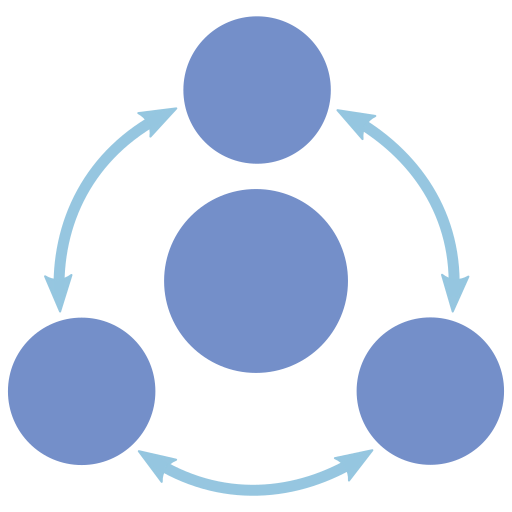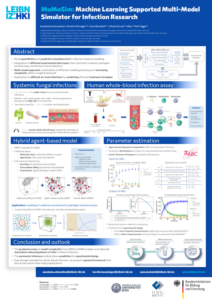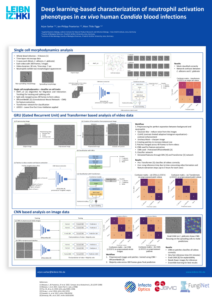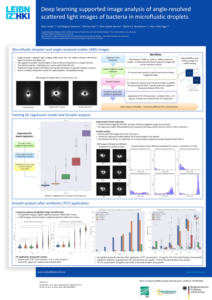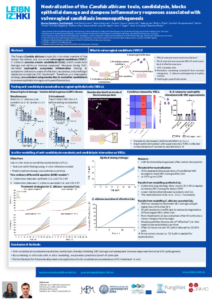In this study we investigate receptor–ligand binding in the context of antibody–antigen binding. We established a quantitative mapping between macroscopic binding rates of a deterministic differential equation model and their microscopic equivalents as obtained from simulating the spatiotemporal binding kinetics by a stochastic agent-based model. Furthermore, various properties of B cell-derived receptors like their dimensionality of motion, morphology, and binding valency are considered and their impact on receptor–ligand binding kinetics is investigated. The different morphologies of B cell-derived receptors include simple sperical representations as well as more realistic Y-shaped morphologies. These receptors move in different dimensionalities, i.e. either as membrane-anchored receptors or as soluble antibodies. The mapping of the macroscopic and microscopic binding rates allowed us to quantitatively compare different agent-based model variants for the different types of B cell-derived receptors. Our results indicate that the dimensionality of motion governs the binding kinetics and that this predominant impact is quantitatively compensated by the bivalency of these receptors.
Model for antigen binding by B cell-derived receptors
Publications
Toxin-producing endosymbionts shield pathogenic fungus against micropredators
Richter I, Radosa S, Cseresnyés Z, Ferling I, Büttner H, Niehs SP, Gerst R, Scherlach K, Figge MT, Hillmann F, Hertweck C (2022)
The fungus Rhizopus microsporus harbors a bacterial endosymbiont (Mycetohabitans rhizoxinica) for the production of the antimitotic toxin rhizoxin. Although rhizoxin is the causative agent of rice seedling blight, the toxinogenic bacterial-fungal alliance is, not restricted to the plant disease. It has been detected in numerous environmental isolates from geographically distinct sites covering all five continents, […]
Spatial quantification of clinical biomarker pharmacokinetics through deep learning-based segmentation and signal-oriented analysis of MSOT data
Hoffmann B*, Gerst R*, Cseresnyés Z, Foo W, Sommerfeld O, Press AT, Bauer M, Figge MT
Although multispectral optoacoustic tomography (MSOT) significantly evolved over the last several years, there is a lack of quantitative methods for analysing this type of image data. Current analytical methods characterise the MSOT signal in manually defined regions of interest outlining selected tissue areas. These methods demand expert knowledge of the sample anatomy, are time consuming, […]
Feasibility of SARS-CoV-2 Surveillance Testing Among Children and Childcare Workers at German Day Care Centers: A Nonrandomized Controlled Trial
Johannes Forster 1 , Andrea Streng 2 , Paul Rudolph 3 , Viktoria Rücker 4 , Julia Wallstabe 1 , Sandra Timme 3 , Franziska Pietsch, Katrin Hartmann, Maike Krauthausen, Julia Schmidt, Timo Ludwig, David Gierszewski, Thomas Jans, Geraldine Engels, Benedikt Weißbrich, Marcel Romanos, Lars Dölken, Peter Heuschmann , Christoph Härtel, Ildikó Gágyor, Marc Thilo Figge, Oliver Kurzai, Johannes Liese
Importance: Closure of day care centers has been implemented globally to contain the COVID-19 pandemic but has negative effects on children’s health and psychosocial well-being. Objective: To investigate the feasibility of surveillance among children and childcare workers and to model the efficacy of surveillance on viral spread prevention. Design, setting, and participants: This nonrandomized controlled […]
